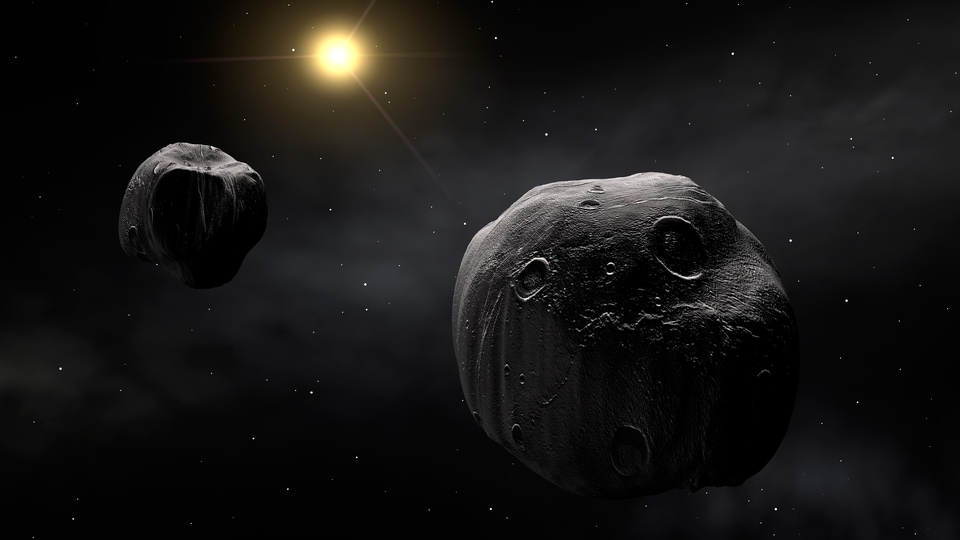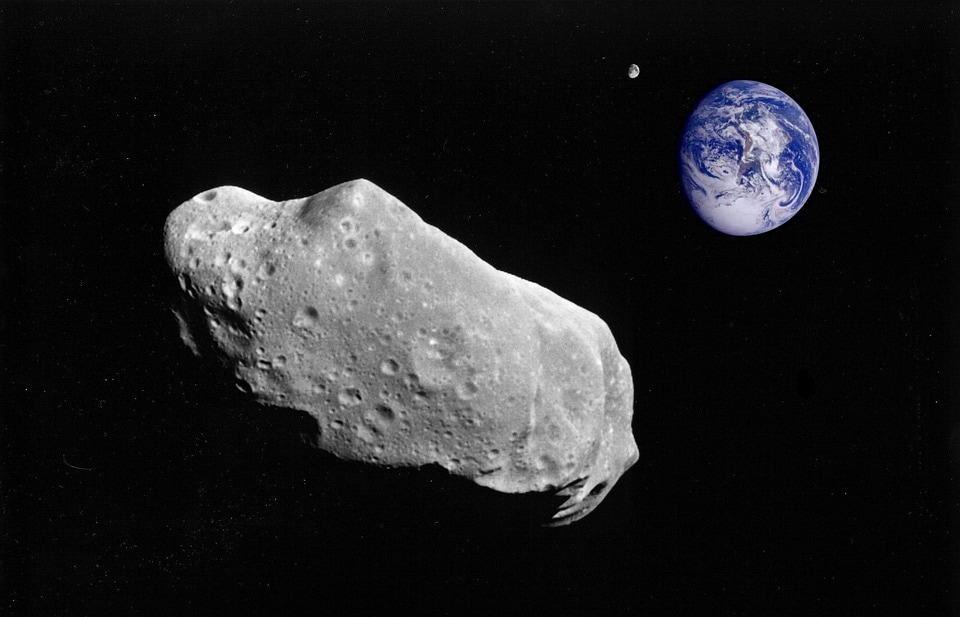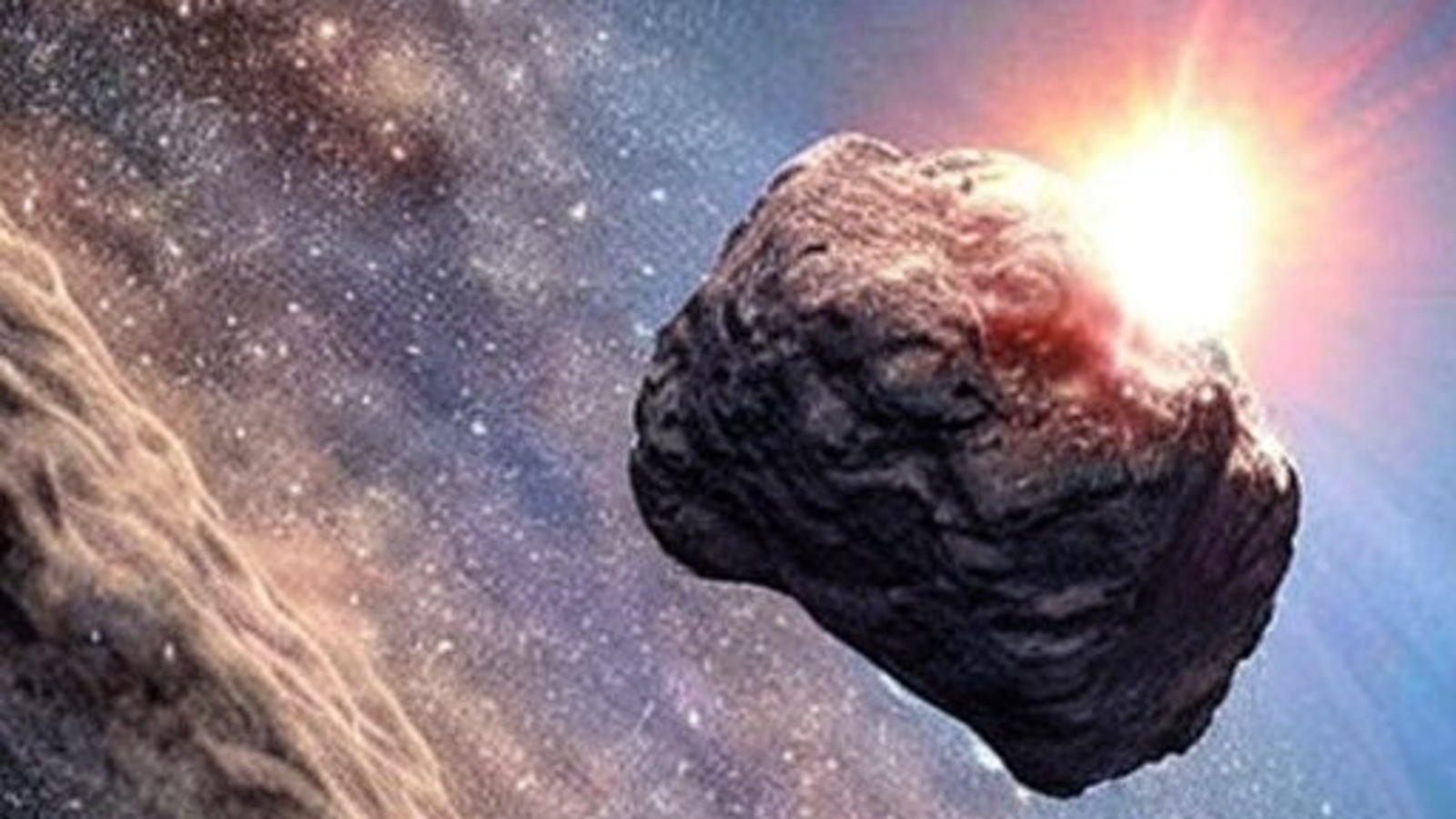Bad news! Destruction of THIS type of asteroid is very difficult
Destroying an asteroid which is on its way towards Earth could prove to be a very difficult task, a study finds.






 View all Images
View all ImagesIf you've ever wondered what would happen if an asteroid was on a collision course with Earth, then NASA already has the answer for you. The space agency last year carried out its first planetary defense test wasteroith the DART Mission by smashing a spacecraft into an oncoming asteroid to deflect it off its course. It was a $330 million venture which proved to be a success as the target asteroid named Dimorphos deflected off its path. Though this test was a success, a recent study has thrown a wrench in the operation as it has been revealed that deflecting asteroids might be relatively easy, but destroying them isn't.
According to a report published by EurekAlert, the study conducted by an international team of researchers led by the Curtin University in Australia involved study of three dust particles collected from the surface of 500-meter asteroid named, Itokawa, returned to Earth by the Japanese Space Agency's Hayabusa 1 probe. It was revealed that Itokawa was hard to destroy and resistant to collision- it would be like hitting a sponge with a bat.
Professor Fred Jourdan, lead author of the study and Director of the Western Australian Argon Isotope Facility at the University revealed that the Itokawa is nearly as old as the solar system and is not one single rock, but belongs to the rubble pile family, meaning it is made of loose boulders and rocks.
Jourdan said, “Unlike monolithic asteroids, Itokawa is not a single lump of rock, but belongs to the rubble pile family which means it's entirely made of loose boulders and rocks, with almost half of it being empty space.”
The dust particles were studied using two techniques. One of them is Electron Backscattered Diffraction which was used to determine if the asteroid was ever shocked by any meteor impact. The other technique, known as argon-argon dating is a radiometric dating method to date any asteroid impacts.
“In short, we found that Itokawa is like a giant space cushion, and very hard to destroy,” Jourdan added further. However, all is not lost, there is a silver lining to the story.
Co-author Associate Professor Nick Timms, also from Curtin's School of Earth and Planetary Sciences, said, “The good news is that we can also use this information to our advantage - if an asteroid is detected too late for a kinetic push, we can then potentially use a more aggressive approach like using the shockwave of a close-by nuclear blast to push a rubble-pile asteroid off course without destroying it.”
Catch all the Latest Tech News, Mobile News, Laptop News, Gaming news, Wearables News , How To News, also keep up with us on Whatsapp channel,Twitter, Facebook, Google News, and Instagram. For our latest videos, subscribe to our YouTube channel.






























